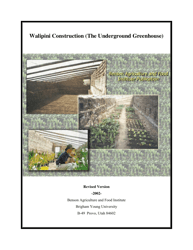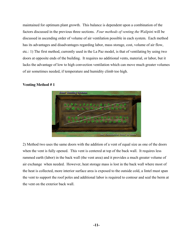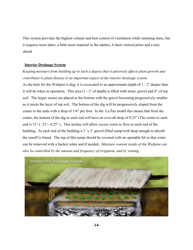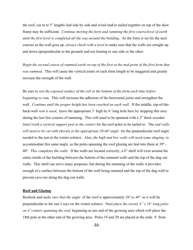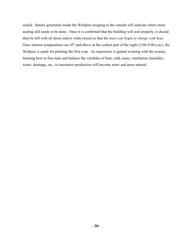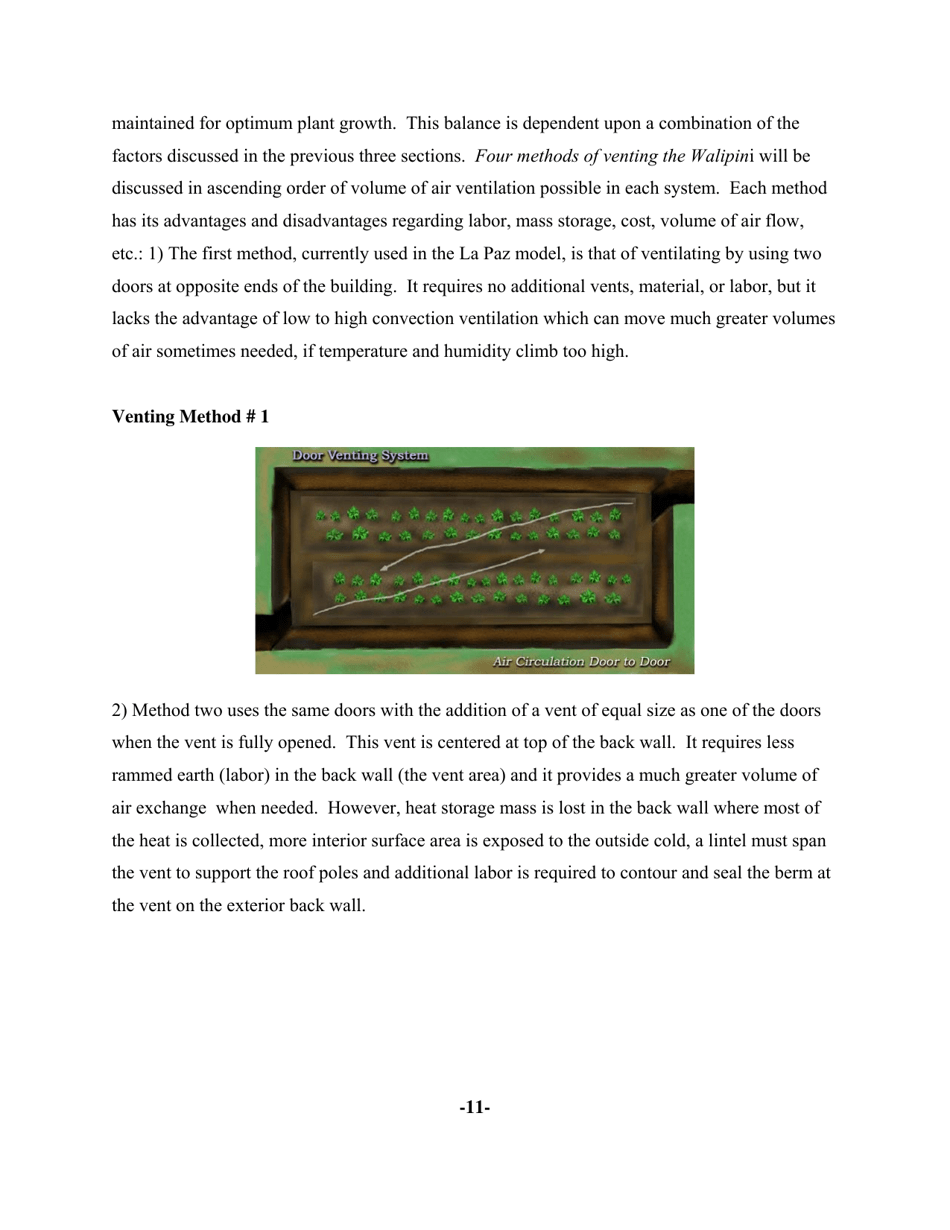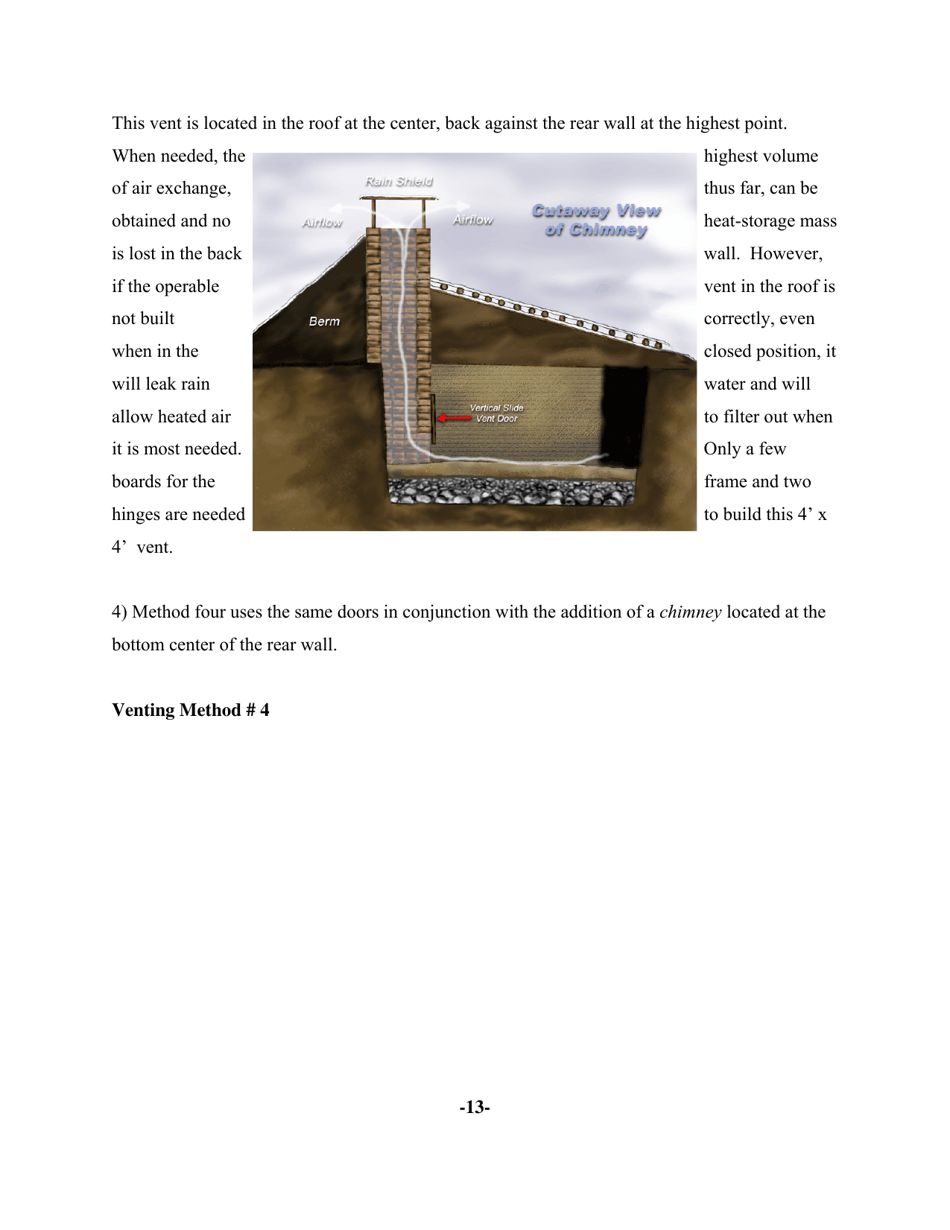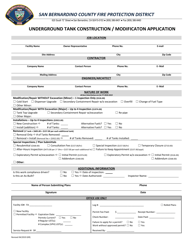Walipini Construction (The Underground Greenhouse)
A Walipini, also known as an underground greenhouse, is used for year-round cultivation of crops. It provides a sheltered environment that helps extend the growing season and protect plants from harsh weather conditions.
The Walipini Construction (The Underground Greenhouse) is typically filed by the individual or entity who is building the structure.
FAQ
Q: What is a walipini?
A: A walipini is an underground greenhouse.
Q: Why are walipinis popular?
A: Walipinis are popular because they provide a year-round growing environment for plants.
Q: How is a walipini constructed?
A: A walipini is constructed by excavating a hole in the ground and building walls and a roof.
Q: What are the advantages of a walipini?
A: Some advantages of a walipini include energy efficiency, protection from extreme weather, and the ability to grow food year-round.
Q: Are there any disadvantages to using a walipini?
A: Some potential disadvantages of a walipini include the cost of construction and the limited space available.
Q: Can I grow any type of plant in a walipini?
A: Most plants can be grown in a walipini, but it is important to consider the specific needs of each plant.
Q: Do walipinis require a lot of maintenance?
A: Walipinis require some maintenance, such as monitoring temperature and humidity levels, and watering the plants.
Q: Are walipinis legal in all areas?
A: The legality of walipinis may vary depending on local building codes and regulations. It is important to check with local authorities before constructing a walipini.

